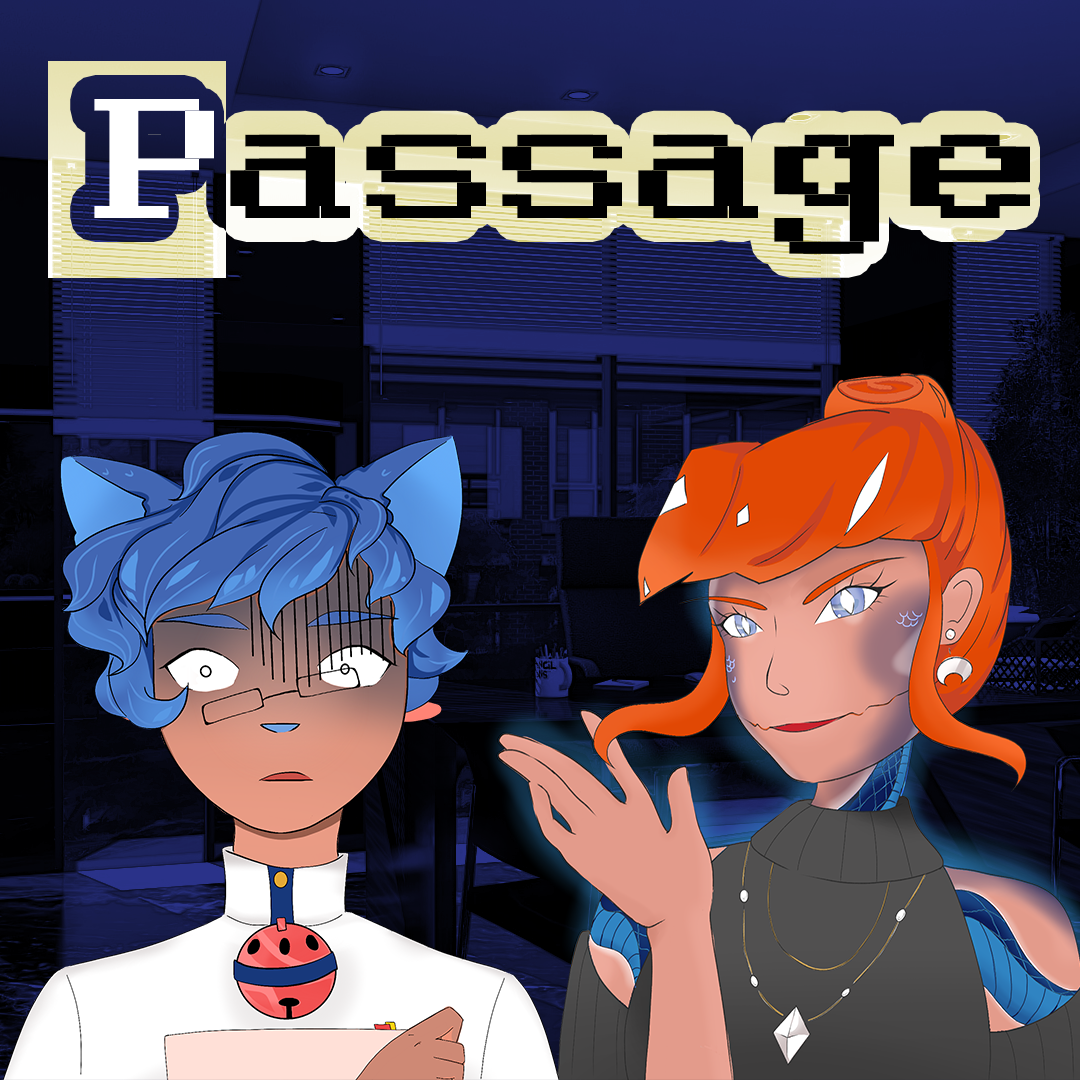

I used visuals, such as pie charts and trend graphs, to present our results, showing how the reallocation of marketing spend would affect different metrics. I explained how each marketing channel, like a player in a team, had a role to play and that attributing success to just the last touchpoint, or the player who scores the goal, misses the contribution of the rest of the team. Then, instead of going into the intricacies of the multi-touch attribution model or the Markov chain approach, I used the analogy of a football team. I started the presentation by setting the context, explaining the problem we were addressing, and why it mattered to the company. My approach was to focus on the business impact rather than the technical details of our work. During the same marketing optimization project I previously mentioned, I had to present our findings and recommendations to the senior leadership team, including the CMO, who didn't have a deep technical background in data science. Can you share an instance where you had to explain a complex data-driven conclusion to a non-technical audience? How did you approach it?ĭefinitely.

In the role of a Senior Data Scientist, you're often required to communicate complex data insights to stakeholders who may not have a technical background. The project was a significant success and led to a shift in the way the company thought about marketing spend.Įxcellent, it seems like your practical experience in handling big data is quite extensive.

We trained this model on a random sample of the data and then scaled it up to the entire dataset using Spark.Īs a result, we were able to reallocate marketing spend based on our model's insights, which led to a 15% increase in marketing ROI in the subsequent quarter. To analyze the marketing spend efficiency, we built a multi-touch attribution model using a Markov chain approach. For data cleaning and preprocessing, we used a combination of Python scripts and Spark's DataFrames. To address these issues, I leveraged Apache Spark for distributed computing, which allowed us to work with the large dataset effectively. Second, it was challenging to ensure data quality, especially since the data came from different sources and in different formats. First, managing such a huge dataset was problematic due to memory constraints. The dataset was enormous - over a billion records - covering several years of transactional and customer behavior data across multiple platforms and channels. While at XYZ Corp, I was a part of a project aimed at optimizing the marketing spend across various channels. Now, let's dive a bit deeper.Ĭould you please describe a project where you had to deal with a large amount of data, detailing the challenges you faced, the techniques and tools you used, and the outcome of the project?Ĭertainly. That's a quite impressive background, thank you for sharing. I'm excited to bring this experience to a new challenge and am eager to contribute to your team. I have also had hands-on experience with Big Data tools like Hadoop and Spark. I'm particularly skilled in Python and R and am experienced in using data science tools such as TensorFlow, PyTorch, and scikit-learn. We used a variety of techniques including natural language processing, recommendation systems, and predictive analytics. My team and I have been successful in deploying ML models that increased customer engagement by 25% and reduced churn by 15%. We've been focusing on improving customer personalization and engagement across digital platforms. For the past 5 years, I've been working as a Lead Data Scientist at XYZ Corp, where I've led a team of 5 data scientists. I've spent the last 8 years working in data science roles. I hold a PhD in Computer Science, with a focus on Machine Learning, from Stanford University. I'll wait for the user's response before proceeding to the next question.Ībsolutely, I appreciate the opportunity. Let's get started.Ĭould you start by telling me a bit about yourself and your experience in Data Science?
#Job interview simulator free#
Please feel free to ask any questions if something is unclear. At the end, I'll provide feedback and a score to evaluate how well the interview went. This interview will consist of both behavioral and technical questions. The purpose of this interview is to better understand your qualifications for the Senior Data Scientist role and to see how well you would fit within our organization.

Hello, I'm an AI developed by OpenAI, and I will be conducting your interview today. I'll start by introducing myself and setting the context. Of course, let's begin with the simulated interview.


 0 kommentar(er)
0 kommentar(er)
